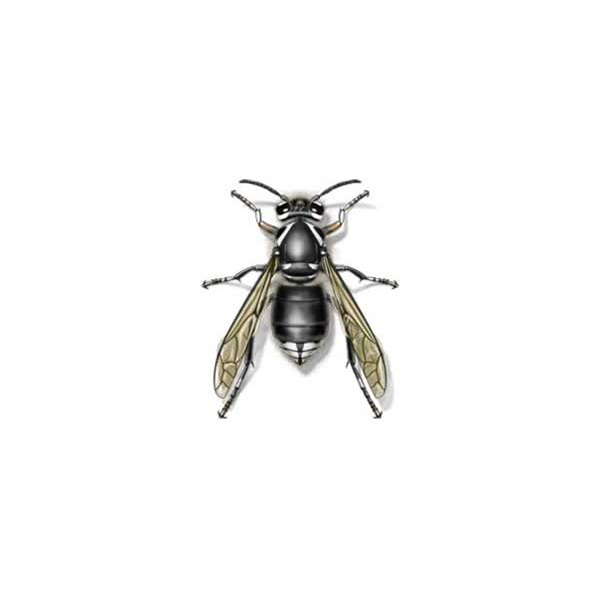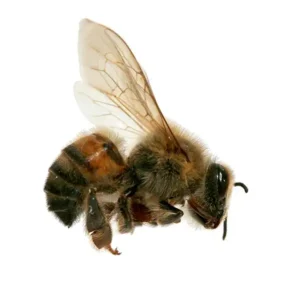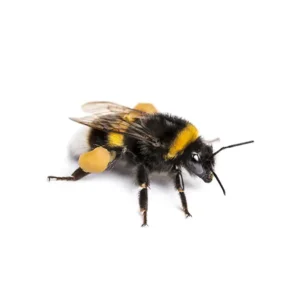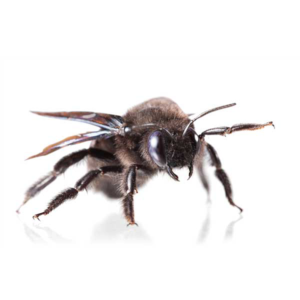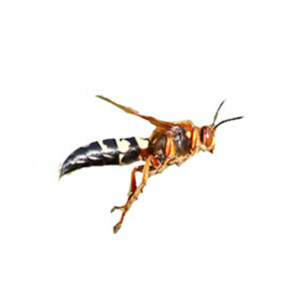Bald-Faced Hornets in Memphis TN Metro Area
The bald-faced hornet bears a striking resemblance to yellowjackets and earns its name from the distinctive ivory-white markings on its face. These sizable flying insects are known for their aggressive defense of their nests when they perceive a threat. While bald-faced hornets serve important ecological roles, living in colonies consisting of thousands of individuals, they would pose less of a danger to humans if they did not nest in enclosed spaces such as structural voids, attics, and landscaping features.
Bald-Faced Hornet Habitat
The bald-faced hornet exhibits a preference for constructing its expansive paper nests in close proximity to human habitation, work areas, and recreational spaces. These hornets diligently create their gray-colored, egg-shaped nests, which can grow to impressive dimensions. Some nests reach lengths of up to 24 inches and diameters of 30 inches. Using natural wood fibers, worker hornets meticulously build nests during the spring and early summer. They can be found in various locations, such as trees, eaves, light structures on buildings, and even inside children’s playhouses. Once completed, the nest can be comparable in size to a football or basketball.
Bald-Faced Hornet Behavior, Threats, or Dangers
Bald-faced hornet stings deliver venom that can cause discomfort and swelling for approximately 24 hours. Individuals who are allergic to bee stings may experience similar reactions to a sting from a bald-faced hornet. These hornets scavenge in garbage containers and search for food and beverages consumed outdoors. They also have an appetite for ripe fruit found in gardens, farms, and vineyards. During the autumn season, as temperatures cool and food sources diminish, newly emerged reproductive wasps are prompted to find warm shelter, increasing the likelihood of them invading homes.
Similar to other stinging insects, bald-faced hornets will sting if they perceive a threat or if their nest is at risk. If a nest is situated near areas frequented by humans, it is crucial to seek assistance from a professional hornet control company.

